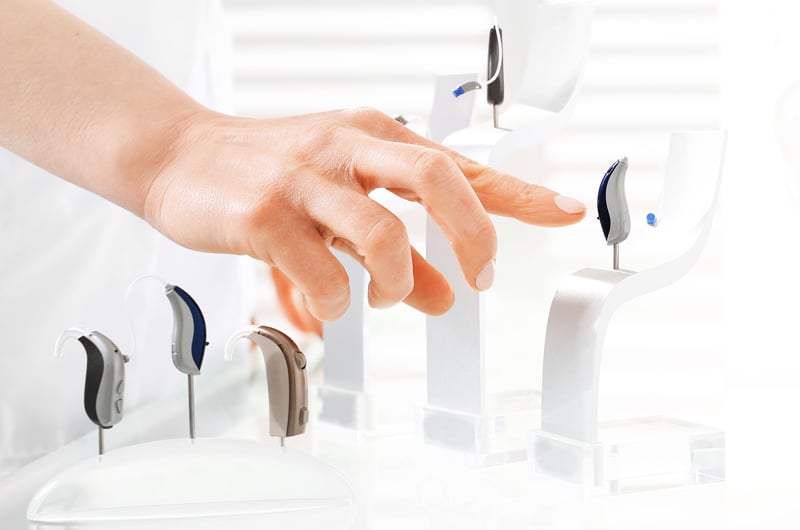2018 Buying Guide for Digital Hearing Aids
The Advantages of Digital Hearing Aids over Conventional Analog Hearing Aids

As seen with many other types of devices and instruments, technical advancements have significantly influenced both the design and functionality of hearing aids in recent years. The physical size, comfort, and overall effectiveness of hearing aids have all undergone major improvements, thus enriching the quality of life for those who require their use.
And in a similar light to other devices, such as cellphones, laptops, and gaming systems, hearing aid technology has seen a steady progression from conventional analog types to digital styles. Consequently, hearing aids specialists like the professionals at the Bravo Hearing Centre in Etobicoke are now recommending and dispensing digital hearing aids more frequently and to a wider range of patients.
From a baseline perspective, it is important to understand that hearing aids operate on a common platform:
- A microphone that captures sound
- An amplifier that boosts/enhances sound
- A receiver that transmits sound to the ear canal
However, as one might anticipate, there are also some fundamental differences between analog-style devices and digital hearing aids, as seen here:
- Analog Hearing Aids
- Less expensive
- Will amplify all sounds
- Subject to background noise/static
- Only certain types are programmable
- Digital Hearing Aids
- Generally more expensive
- Convert sounds into digitized signals
- More effective filtering of sounds and noise
- The majority have programmable capabilities
Further to the above distinction, wearers of digital hearing aids will find benefit from the following important features that are available with these advanced devices:
Telecoil – a small sensor in the form of a copper wire that wirelessly captures magnetic signals from hearing-aid compatible phones and public address systems and converts the signal into sound; an ideal feature for individuals with moderate to profound hearing loss
Directional Microphone – makes sound/audio signals in front of the hearing aid wearer louder than sounds/noises emanating from behind them or from their sides; an excellent feature when engaged in conversations in very noisy environments
Feedback Suppression – helps reduce the high-pitch whistling sounds often associated with hearing aids; beneficial for telephone conversations and during any physical activity
Digital Noise Reduction (DNR) – offers the capability to block out background noises in some loud or raucous settings; can facilitate the ability to hear and understand speech
Direct Audio Input – this feature enables the direct connection between digital hearing aids and televisions or other electronic devices; Bluetooth technology allows wearers to stream music and calls from their computers, smartphones, and televisions through their hearing aids
For new and existing hearing aid wearers, there are certainly a number of advantages to choosing digital devices over conventional analog hearing aids; those who are interested in moving forward with such a purchase would be well-advised to consult the specialists at the Bravo Hearing Centre, one of the foremost hearing aid clinics in the Toronto area for the past 30 years, to learn more about the features and benefits of such technology.
Visit a Hearing Centre in Toronto for Digital Hearing Aids That Suit Your Needs
Another important aspect to consulting with a hearing aids specialist from Bravo Hearing Centre in Etobicoke will be a discussion on the particular style of digital hearing aids that best suit the needs of the individual user. These hearing centre professionals can offer valuable insight on the choice of digital hearing aids from among the following options:
- BTE – the traditional behind-the-ear style of hearing aid
- CIC – completely-in-canal; fits deep and securely in the ear
- IIC – in-the-canal; size is almost imperceptible to other people
- ITE – traditional in-the-ear; sits in a case that rests in the outer ear
- RIC – receiver-in-canal (also known as mini-behind-the-ear or mBTE)
To learn more about currently-available styles of digital hearing aids and their benefits in improving your hearing and your quality of life, call the hearing specialists at the Bravo Hearing Centre, one of the leading hearing clinics in Toronto, at 416-207-9711 today or contact us to book your free consultation as soon as possible.
You might also want to check our related posts:



